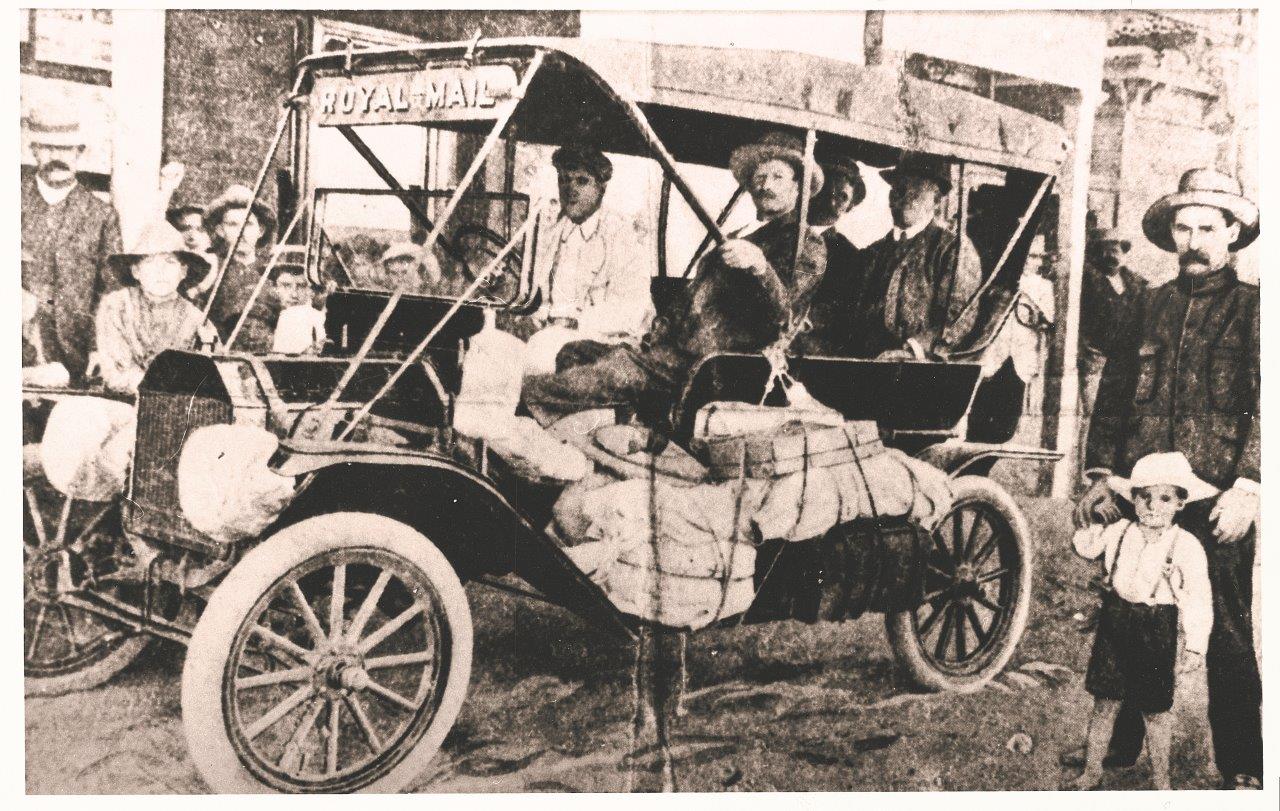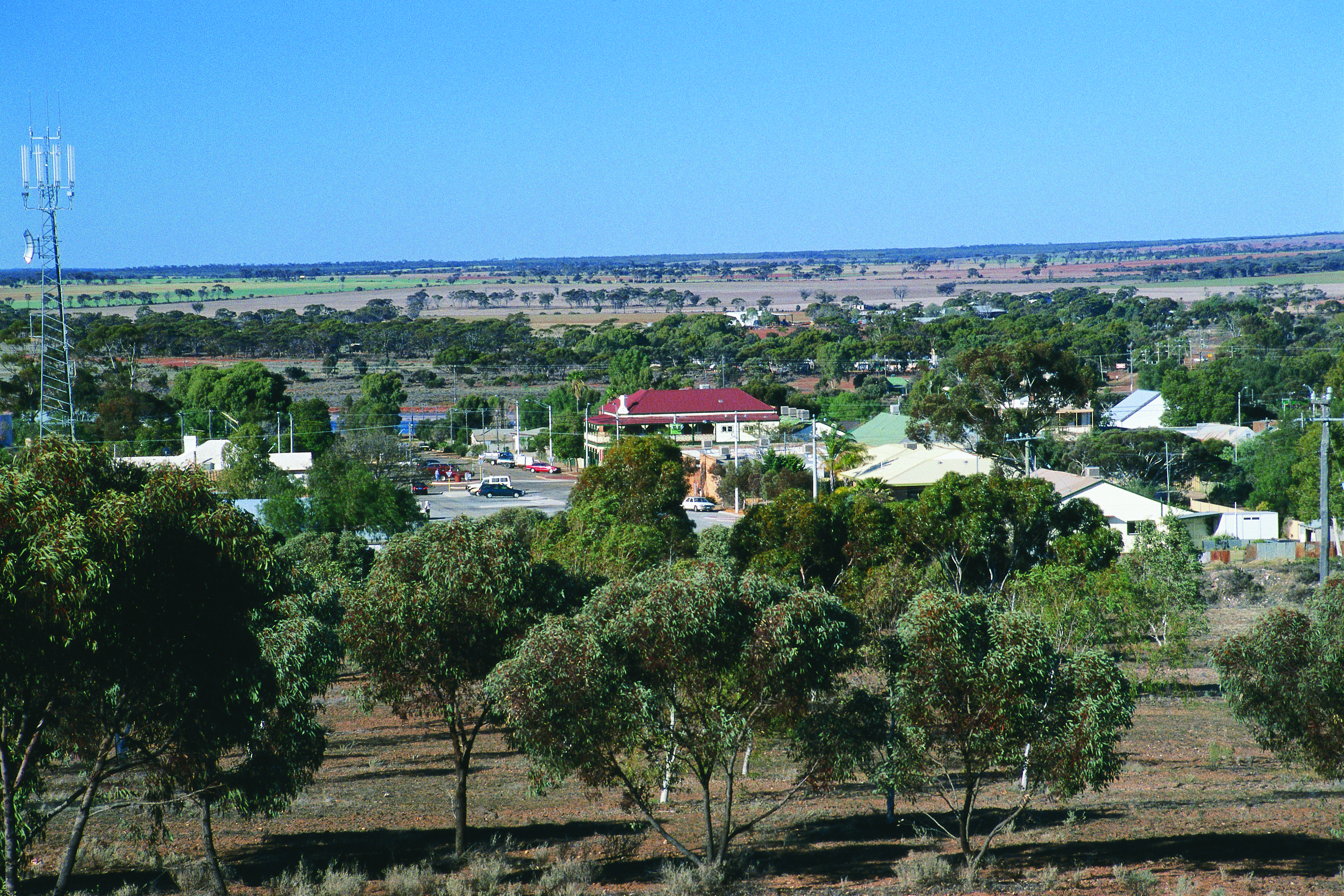Golden Pipeline


A time capsule of water,
gold & Western Australia
A project from the National Trust of WA

A self-guided drive trail between the Perth Hills and Western Australia’s Eastern Goldfields. Go with the Flow. Follow the water to discover more about the audacious goldfields water supply scheme and Engineer CY O’Connor.
“Future generations, I am quite certain will think of us and bless us for our far seeing patriotism, and it will be said of us, as Isaiah said of old, ‘They made a way in the wilderness, and rivers in the desert”
Southern Cross
Southern Cross today is a quiet sleepy town on the edge of the Wheatbelt. But it wasn’t always so. In September 1892 something happened in the town that was to change Western Australia for ever. But we have to go back four years…

Gold was discovered there in January 1888 by Thomas Risely and Mick Toomey. According to Risely’s own account
myself, Toomey and Charlie Crossland, started out from our camp at Barcoyton. After prospecting the belt for some days our water gave out. Our blackboy whom I call Wheelbarrow, said he knew plenty of Gabby (water) at Koorkoordine. When we got to Koorkoordine we found one of Hunt’s dry wells, just as dry as we were.
We decided to start back through the night and return to our camp, distance about 40 miles, and we travelled by the Southern Cross – taken to stars to the north — thanks to Charlie Crossland’s knowledge of the stars. Or our bones would be bleaching in the scrub now, as we were two days without water at this time. We had to remain at our camp until rains came, then myself and Mick Toomey set out again. We discovered gold 4 miles from Koorkoordine. I named the place Southern Cross.
When they returned to Golden Valley to report their find Risely spoke to an experienced prospector Hugh Fraser who subsequently pegged a claim at Southern Cross which was to become the town’s most important mine.
The rich gold discoveries at Coolgardie and then further east at Kalgoorlie ensured the survival of Southern Cross and a level of fame. According to Albert Calvert in 1897
until Coolgardie grew like the gourd of the Indian juggler, probably no place was so well advertised all over the globe as Southern Cross.

All traffic to the Eastern Goldfields had to pass through Southern Cross, whether on foot, by coach or by train. A prospector from New Zealand, John Aspinall, on his way further east in 1895 described it thus:
The Cross is a windy, dirty, dusty hole from which anyone is very glad to depart. It is a sort of scattered township of calico and hessian houses with a sprinkling of iron houses — large wide streets, ankle deep in dust, and some of them littered with old empty meat cans, tags, sacks and rope ends. Every now and again a “willy-willy” comes along and envelopes everything in dust, chaff and sand.
John Aspinall had to leave his carriage and continue his journey by foot, the trainline to Coolgardie not yet being open by that stage. Southern Cross is sometimes described as where the Wheatbelt meets the Goldfields and he was to have his first taste of water from condensers here.
Today, Southern Cross is the service centre for the Shire of Yilgarn, which encompasses an area of about 3 million hectares. The major industries of farming and mining both supplement and complement each other. Some 230 farms producing grain, wool, sheep, cattle and pigs, provide the region with stability while the mines extracting gold, gypsum, salt and iron ore, wax and wane with the fluctuating commodity prices.
Visitor Information Centre:
Shire of Yilgarn,
Address: Antares Street, Southern Cross WA 6426
Ph: (08) 9049 1001
Opening hours:
8:30am – 4:30pm Mon – Fri
Explore
Click on any map section or place below to discover The Golden Pipeline.
Northam to Cunderdin
Explore section two


